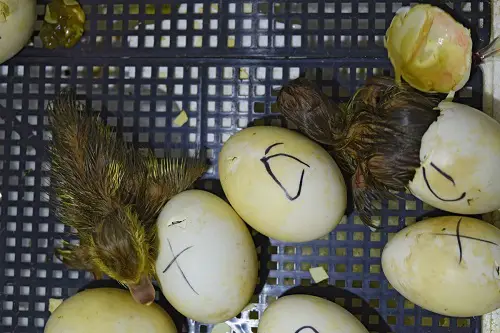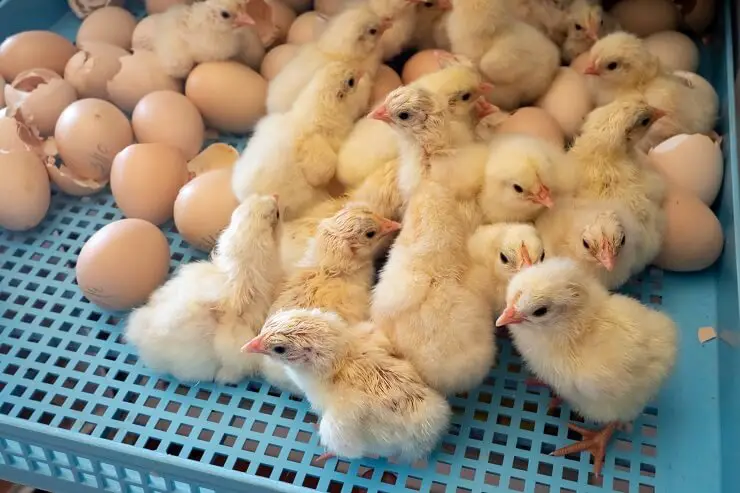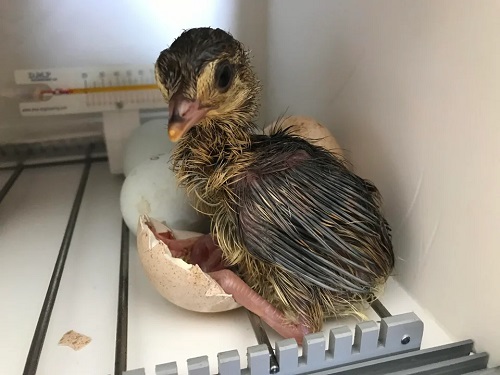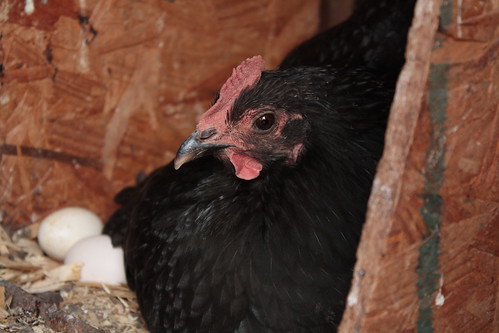Incubating poultry eggs requires precise control of the environment. Eggs need to be fertile, clean fresh, stored appropriately and so on. There are a few guides on how to incubate, but those who are new to egg incubation could easily make indeliberate incubation mistakes. Unfortunately, some of these mistakes can be disastrous. Others can reduce the hatch rate slightly.
What are the mistakes you should avoid when incubating the eggs of chickens, peacocks, turkeys, ducks, quails and guinea fowls?
1. Buy the cheapest incubator you can find just because it is the cheapest.
2. Put it in a shed in extremely hot or cold conditions.
3. Run the incubator without testing it first.
4. Run a dirty incubator.
5. Drop eggs when candling them.
6. Overload the incubator (double stacking eggs).
7. Forget to put water in the incubator.
8. Put too much water in the incubator.
9. Run the incubator at too high temperature.
10. Use a fault thermometer.
11. Try to incubate dirty eggs.
12. Try to incubate stale, old eggs.
13. Try to incubate eggs from sick flocks.
14. Try to incubate eggs from flocks on inferior and unbalanced feeds.
15. Open the incubator door too often.
16. Handle eggs with dirty hands.
17. Set eggs the wrong way up (they should be point end down).
18. Not turning the eggs during incubation.
19. Keep on turning the eggs up to hatch (should stop at day 18).
20. Try to incubator odd eggs – too small, too big, odd-shaped.
21. Incubate eggs laid during very hot weather.
22. Incubate eggs from a pen where there is no cock (yes, it happens).
23. Leave old unhatched eggs in the incubator for weeks that eventually explode and contaminate the others.
24. Play with the temperature settings a lot, thus producing wild swings in temperature.
25. Try to ‘help’ the chicks out of the shell once you see them pipping because you think they might be stuck.
Also Read: 3 Vital Pointers in Poultry Egg Incubation
Chicken eggs are pretty tough really and can tolerate quite a few ‘mistakes’ but there are those that can prevent anything from hatching at all. Remember that a broody hen doesn’t fuss. She just lays a few eggs and then sits on them. She gets off every day or so to tend to her own needs and the eggs don’t suffer from her absence for a short while. When we use a machine to incubate eggs, we are trying to duplicate the natural process to a degree but it cannot be exact. We get as close as we can and are fortunate the eggs tolerate the result.
Hopefully, avoiding a few of the pitfalls above will help some achieve success in their incubating endeavors.





